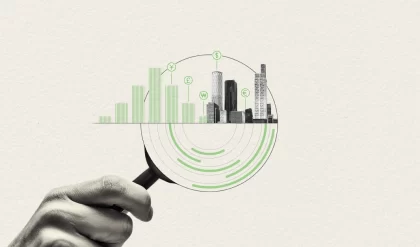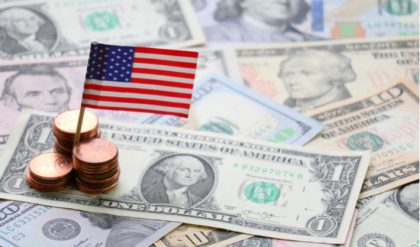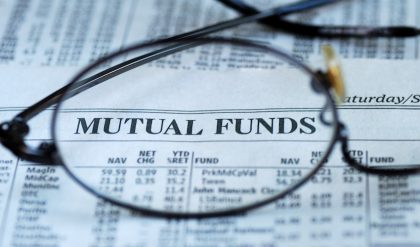President Trump likes to brag about the supposedly booming economy. So do other Republican politicians. Some journalists have gotten into the habit too, exaggerating the strength of the economic expansion, because it makes for a good story.
Here’s the truth: There is no boom. The economy has been mired in an extended funk since the financial crisis ended in 2010. G.D.P. growth still has not reached 3 percent in any year, and 3 percent isn’t a very high bar.
Last week, while attending an economics conference in Washington, I discovered one particularly clear sign of the economy’s struggles — namely, that it keeps performing worse than the experts have predicted. I put together this chart to show the trend:
Again and again, Federal Reserve officials have overestimated how quickly the economy would grow. They keep having to revise their forecasts downward, only to discover that they didn’t go far enough down. Economists on Wall Street and other parts of the private sector have made the same mistake.
Over time, the differences between the experts’ predictions and the economy’s performance have added up. The American economy would be about 6 percent larger today — producing $1.3 trillion more in goods and services this year — if the forecasts had come true. And for most families, real-life experience has been more disappointing than the G.D.P. numbers, because much of the bounty of the economy’s growth has flowed to the affluent.
So what is ailing the American economy?
Several years ago, Lawrence Summers — the economist and former Treasury secretary — began using the phrase “secular stagnation” to describe the problem. The term was originally coined during the Great Depression, and it describes an economy that can’t quite get healthy.
When Summers first made his case in 2013, some other economists criticized it as too pessimistic. But the repeated growth shortfalls of recent years suggest he was onto something. At last week’s conference, hosted by the Brookings Institution, Olivier Blanchard — the former chief economist of the International Monetary Fund — said he was now more persuaded by the secular-stagnation story than he first had been. It is, Blanchard said, “more likely than not.”
There are two main culprits. The first is a savings glut. Americans are saving more and spending less partly because the rich now take home so much of the economy’s income — and the rich don’t spend as large a share of their income as the poor and middle class. The aging of society plays a role too, because people are saving for retirement.
[Sign up for David Leonhardt’s daily newsletter with commentary on the news and reading suggestions from around the web.]
The second big cause is an investment slump. Despite all the savings available to be invested, companies are holding back. Some have grown so large and monopoly-like that they don’t need to invest in new projects to make profits. Think about your internet provider: It may have terrible customer service, but you don’t have a lot of alternatives. The company doesn’t need to invest in new technology or employees to keep you as a customer.
Beside a lack of competition, the investment slump stems from what Summers calls the de-massification of the economy. Developers aren’t building as many malls and stores, because goods now go straight from warehouses to homes. Offices don’t need as much storage space. Cellphones have replaced not just desktop computers but also cameras, stereos, books and more. Many young people have decided they’re happy living in small apartments, without cars.
For all of these economic problems, there are promising solutions. But the United States is not giving those solutions a try.
The 2017 Trump tax law is a useful case study. It is a dreadful piece of economic policy — essentially a giant effort to aggravate income inequality. Tax cuts that benefit the wealthy most are huge and permanent. Tax cuts focused on everyone else are smaller and temporary.
But the law still pumped money into the economy last year, thanks largely to those temporary tax cuts for the middle class and poor. And guess what? G.D.P. growth finally met some forecasters’ expectations, as you can see from the first chart above. The economy expanded 2.9 percent in 2018. Unfortunately, the boost seems to have been temporary. In the first quarter of this year, growth has slowed markedly, probably to about 0.5 percent. It will most likely grow faster over the rest of 2019, but not 3 percent. Once again, economists have started downgrading their expectations.
A better policy response would start with a tax cut focused on the majority of Americans, not the wealthy. And there are many other ways to take on secular stagnation. When I spoke to Summers last week, he rattled off a list:
Infrastructure projects, to jump-start investment. The retirement of coal-fired power plants, which would also lead to new investment. Stronger safety-net programs, including Social Security, to reduce the savings glut. More aggressive antitrust policies, to combat monopolies. And a Federal Reserve that, at long last, stopped making the same mistake — of overestimating both growth and inflation.
After a decade of negative economic surprises, maybe we shouldn’t be surprised anymore. Maybe we should try some new solutions.





